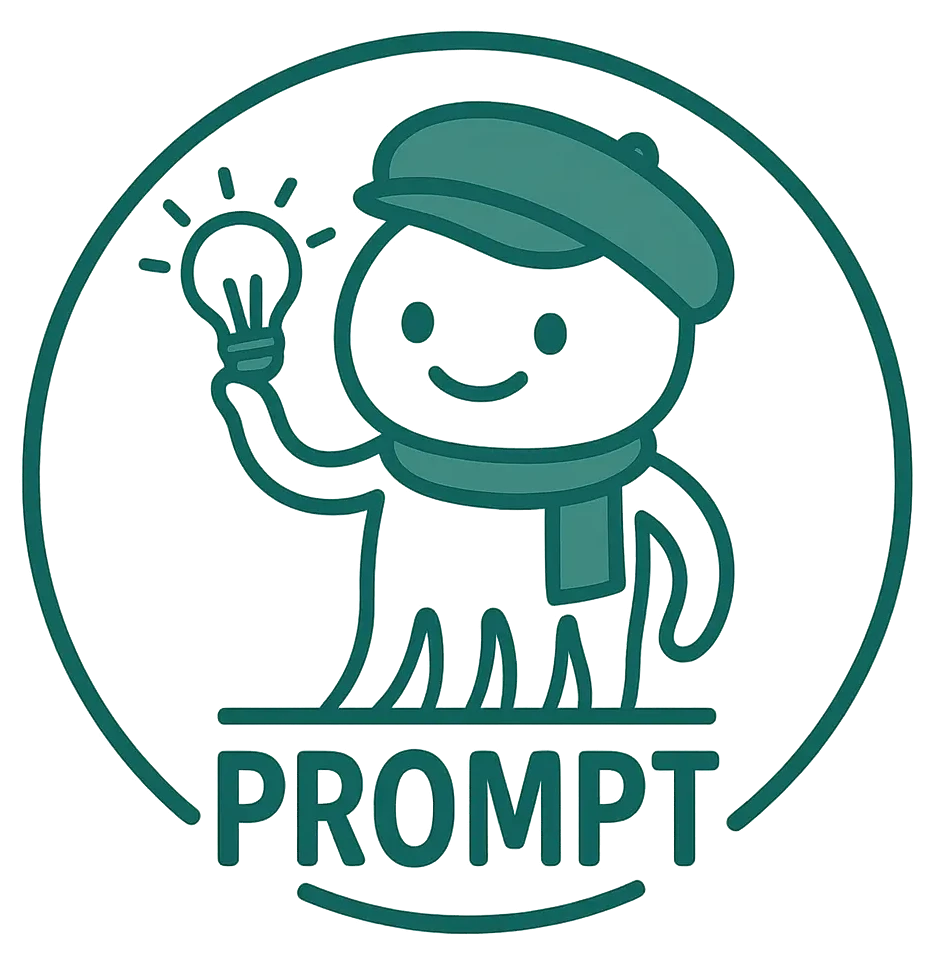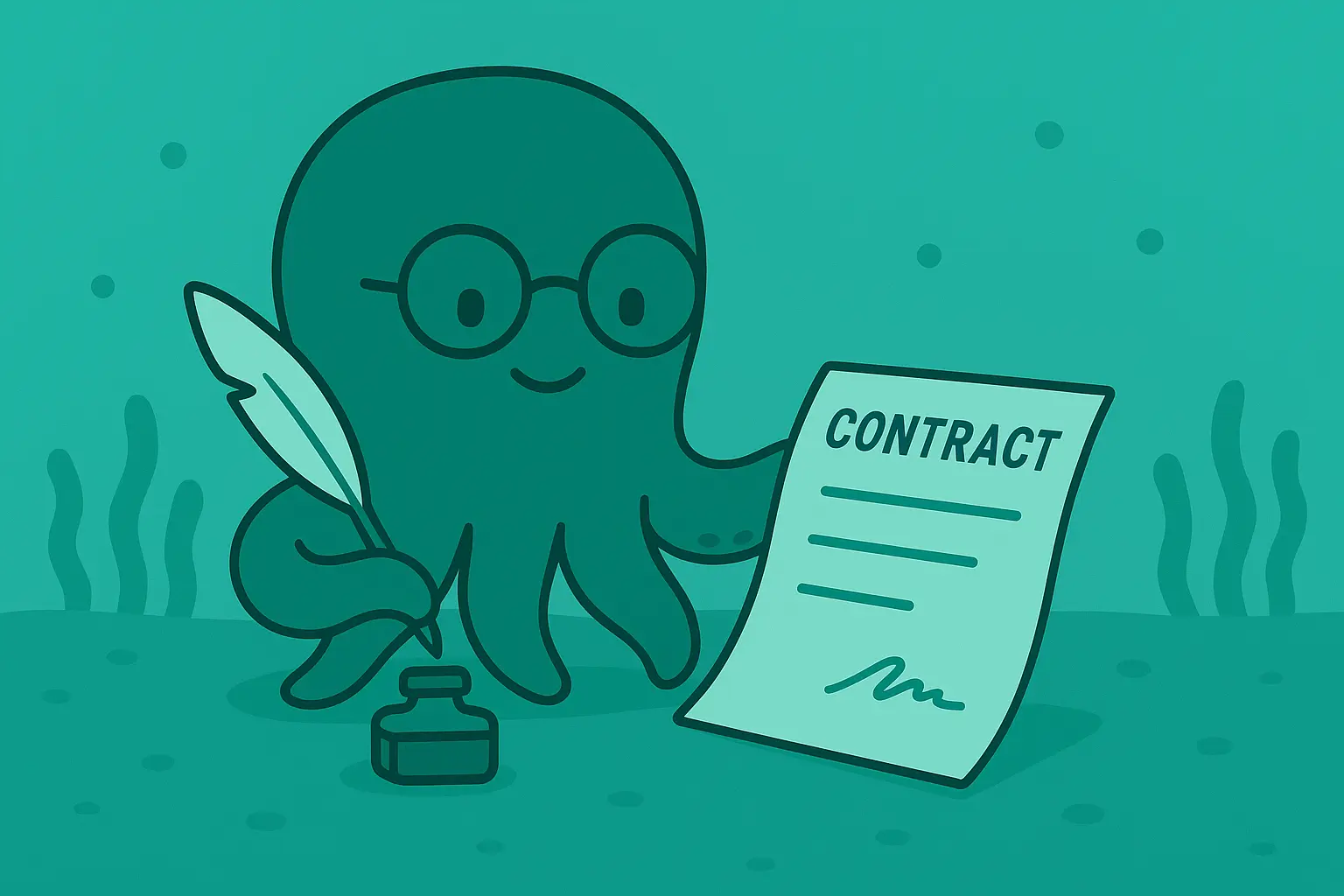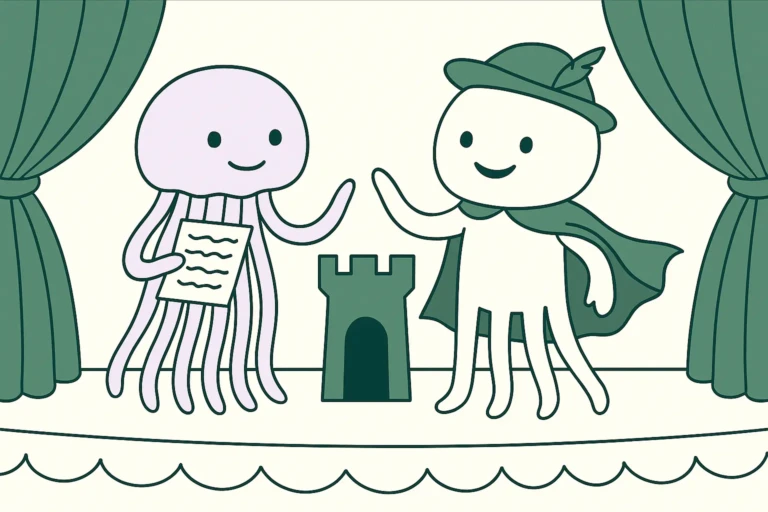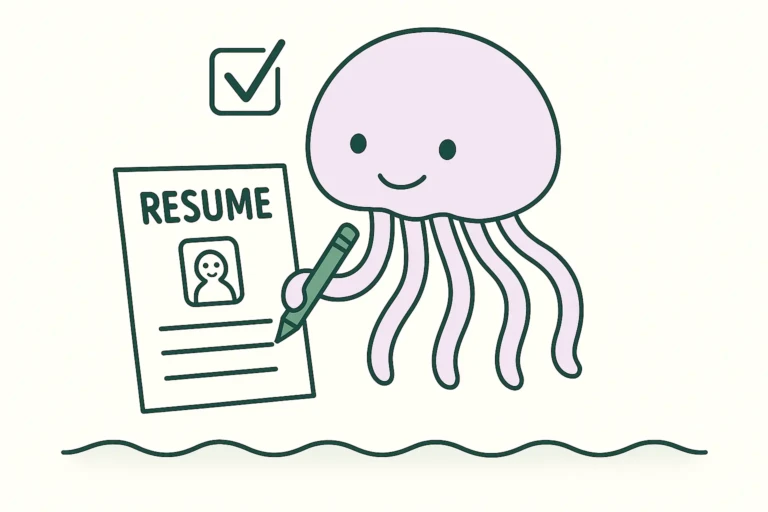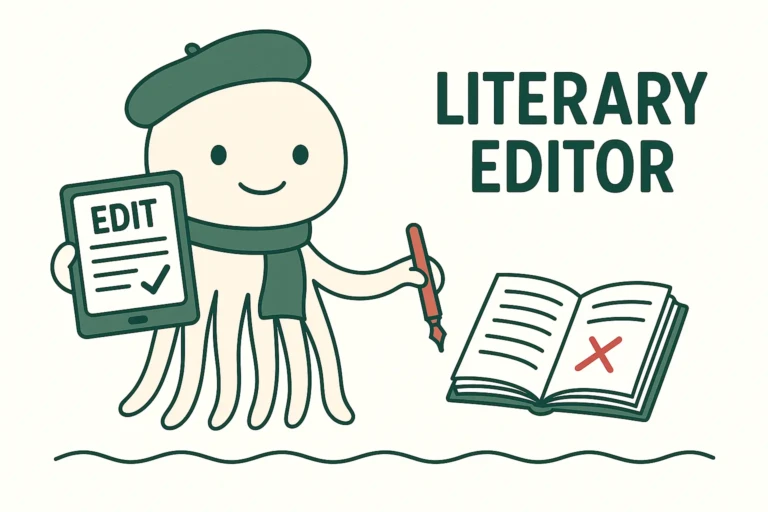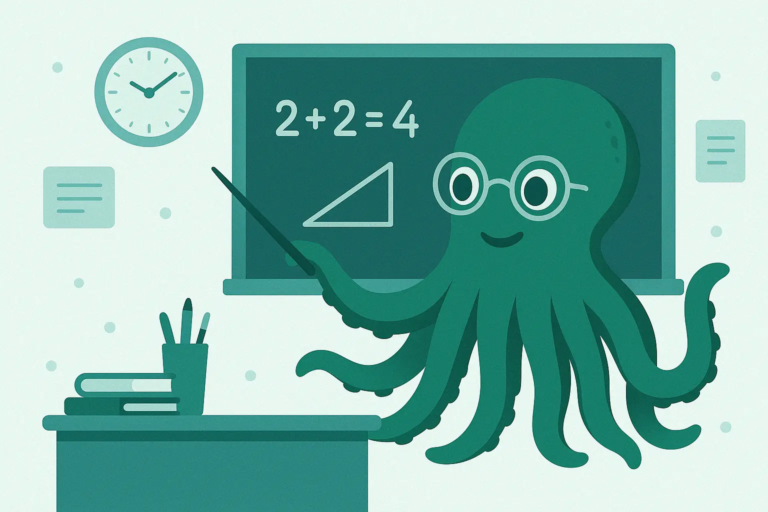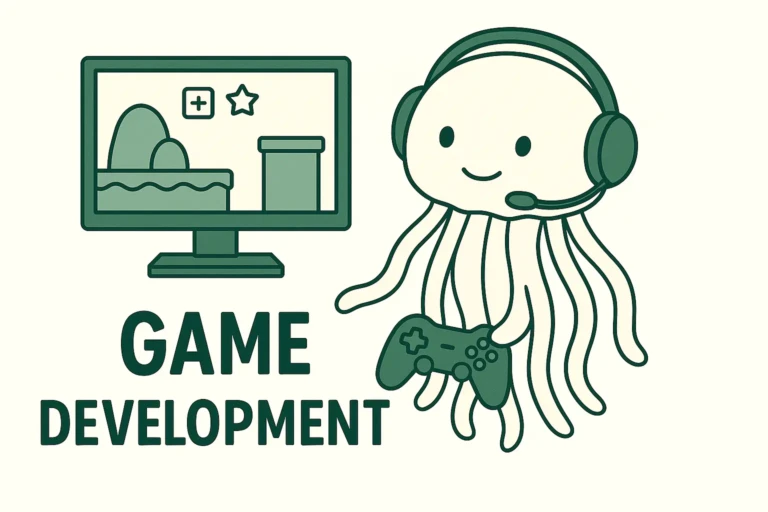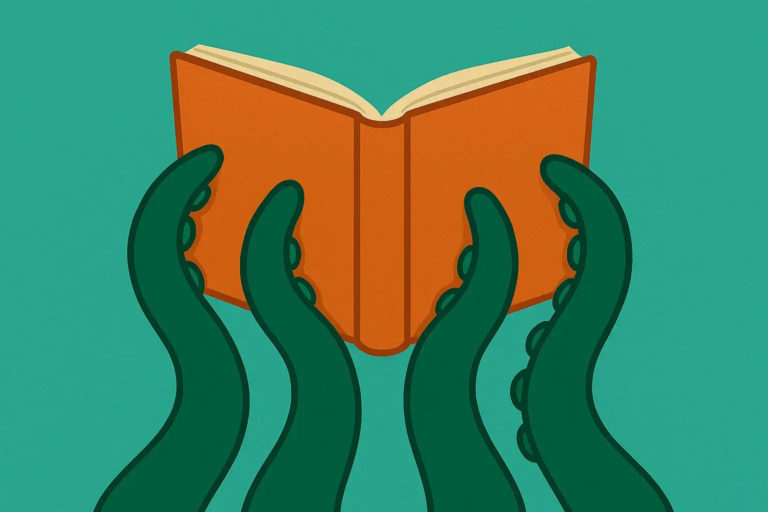10 ChatGPT Prompts For Contract Drafting
You don’t need to be a lawyer to draft a solid contract. You just need the right words in the right places.
These ChatGPT prompts help you write clear, simple agreements — without legal fluff.
Whether you’re freelancing, hiring, partnering, or selling something, this helps you protect your work and stay professional.
1. Prompts to Draft a Basic Service Agreement
#CONTEXT:
You’re offering a service and want a short contract to set expectations from the start.
#GOAL:
Write a basic service agreement with all key terms.
#RESPONSE GUIDELINES:
• Type of service: [insert]
• Who it’s for: [insert client or business type]
• Include sections: scope, pricing, deadlines, payment terms, cancellation
• Tone: professional, plain English
• Keep it easy to edit
#OUTPUT:
A simple, plug-and-play service agreement.2. Prompts to Create a Freelance Project Contract
#CONTEXT:
You’re taking on freelance work and want a one-page agreement to lock in the terms.
#GOAL:
Create a clear freelance contract with scope, timeline, and payment.
#RESPONSE GUIDELINES:
• Role: [insert your role: designer, writer, dev, etc.]
• Deliverables: [insert project description]
• Timeline: [insert number of days/weeks]
• Include terms for revisions, late payments, and ownership
• Make it short and clear
#OUTPUT:
A short freelance contract I can use with new clients.ChatGPT Output
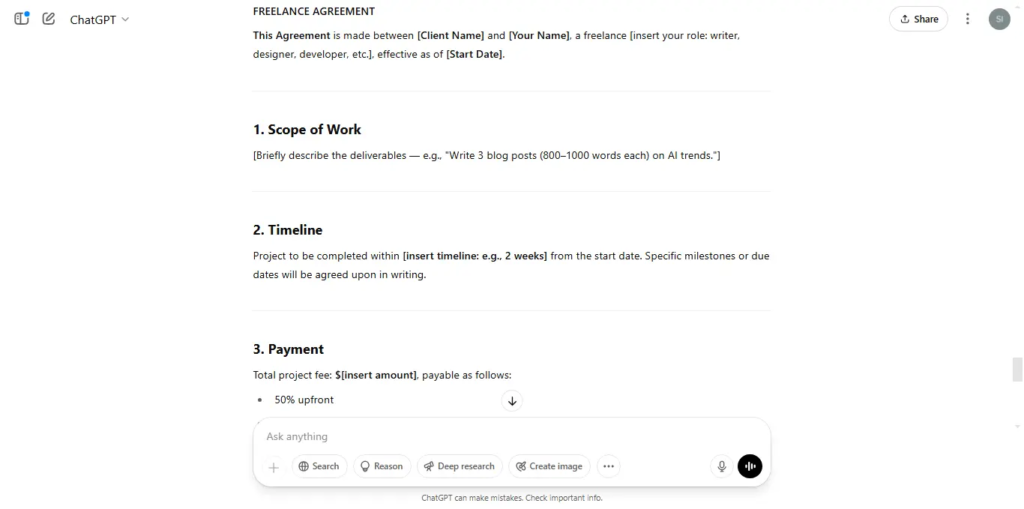
3. Prompts to Draft a Partnership Agreement
#CONTEXT:
You’re starting a business with someone else and want to define the relationship on paper.
#GOAL:
Write a simple partnership agreement with clear roles and terms.
#RESPONSE GUIDELINES:
• Type of business: [insert business or industry]
• Partners: [insert names or roles]
• Include terms for roles, contributions, profit split, decision-making, exit
• Tone: straightforward, fair
• Format with clear headers
#OUTPUT:
A draft partnership agreement ready for review or customization.4. Prompts to Create a Non-Disclosure Agreement (NDA)
#CONTEXT:
You’re sharing sensitive info with a client, freelancer, or partner — and need to keep it confidential.
#GOAL:
Write a simple NDA to protect your information.
#RESPONSE GUIDELINES:
• Parties: [insert your name/business + other party]
• Info type: [insert: business plans, client data, code, etc.]
• Include clauses for confidentiality, exclusions, term, and penalties
• Tone: formal but clear
• Keep it one page if possible
#OUTPUT:
An NDA template I can send or sign quickly.ChatGPT Output
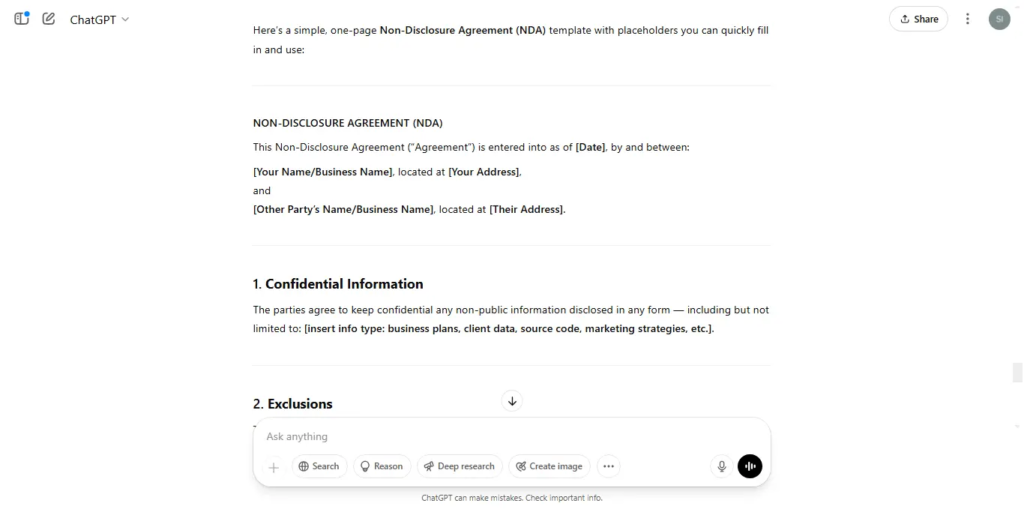
5. Prompts to Write a Simple Employment Agreement
#CONTEXT:
You’re hiring someone and want a basic contract to outline pay, role, and expectations.
#GOAL:
Create a clear employment agreement.
#RESPONSE GUIDELINES:
• Role: [insert job title or duties]
• Pay structure: [insert hourly, salary, commission]
• Schedule: [insert part-time, full-time, remote]
• Include clauses for duties, termination, confidentiality
• Tone: clear and professional
#OUTPUT:
A job contract I can give to a new hire.6. Prompts to Create a Client Agreement for Retainers
#CONTEXT:
You’re offering monthly services and want a retainer agreement that sets the rules upfront.
#GOAL:
Write a recurring services contract with clear terms.
#RESPONSE GUIDELINES:
• Services: [insert what’s included monthly]
• Rate: [insert monthly fee]
• Term: [insert month-to-month or minimum period]
• Include: scope, payment terms, renewals, cancellation
• Tone: simple and firm
#OUTPUT:
A contract that locks in recurring client work.ChatGPT Output
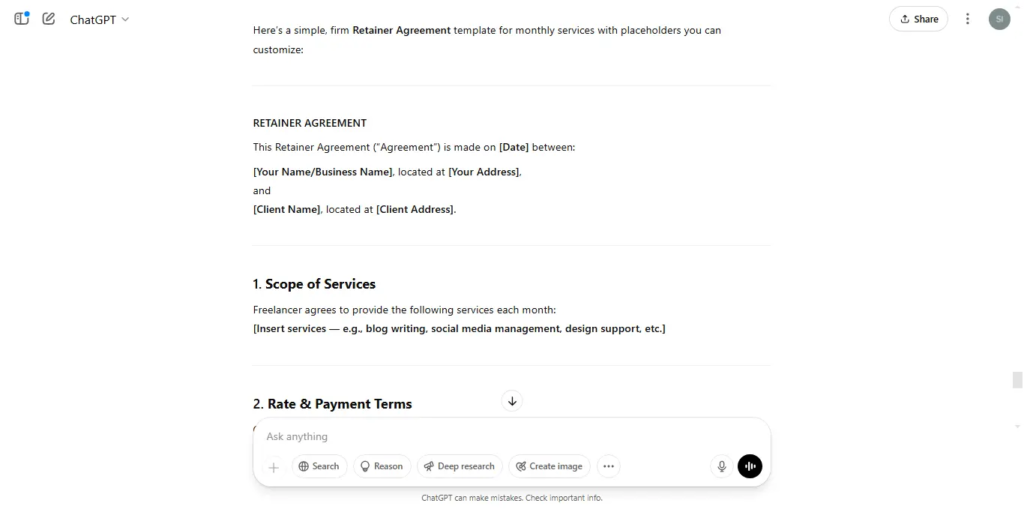
7. Prompts to Draft a Licensing Agreement
#CONTEXT:
You want to give someone permission to use your content, product, or tool — under specific rules.
#GOAL:
Create a licensing agreement with usage limits and protection.
#RESPONSE GUIDELINES:
• What’s being licensed: [insert digital product, course, brand asset, etc.]
• Who’s using it: [insert user type or name]
• Include terms: usage rights, limits, duration, fees, ownership
• Tone: formal, clear boundaries
• Optional: restrict resale or copying
#OUTPUT:
A licensing contract that protects your IP.8. Prompts to Create a Payment Terms Agreement
#CONTEXT:
You want to make sure clients know how and when to pay you — before you start.
#GOAL:
Write a short agreement that outlines payment rules.
#RESPONSE GUIDELINES:
• Service/product: [insert]
• Payment terms: [insert timeline, deposit, method]
• Add late fees or penalties if applicable
• Include cancellation or refund rules
• Keep it short — 1 page or less
#OUTPUT:
A payment terms doc I can send with invoices or quotes.ChatGPT Output
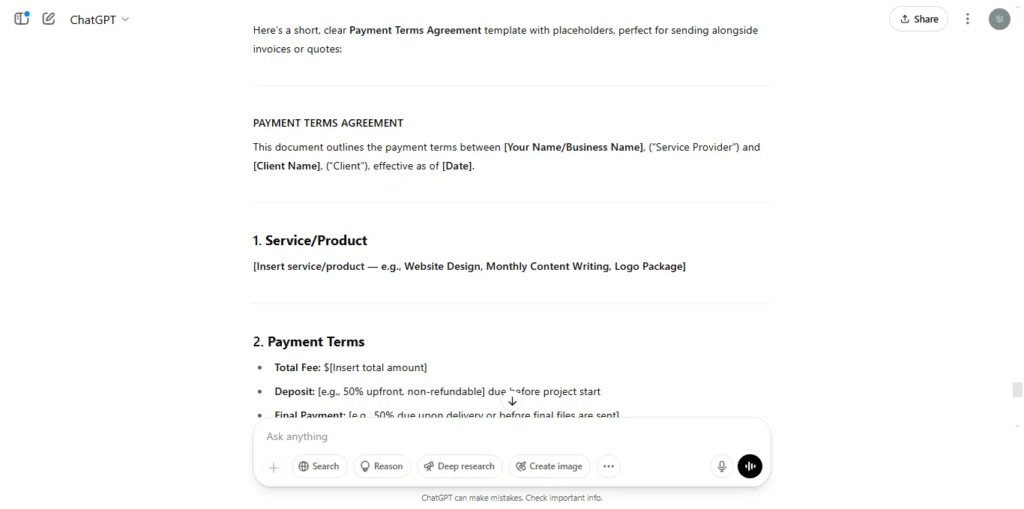
9. Prompts to Write a Terms of Use for a Digital Product
#CONTEXT:
You’re selling a template, course, or download — and want to set clear usage rules.
#GOAL:
Draft terms of use that protect your content.
#RESPONSE GUIDELINES:
• Product: [insert]
• What’s allowed: [insert: personal use, commercial use, etc.]
• What’s not allowed: [insert: resale, redistribution]
• Include: refund policy, access rules, limitations
• Keep it simple but solid
#OUTPUT:
Terms I can paste into a product download or checkout page.ChatGPT Output
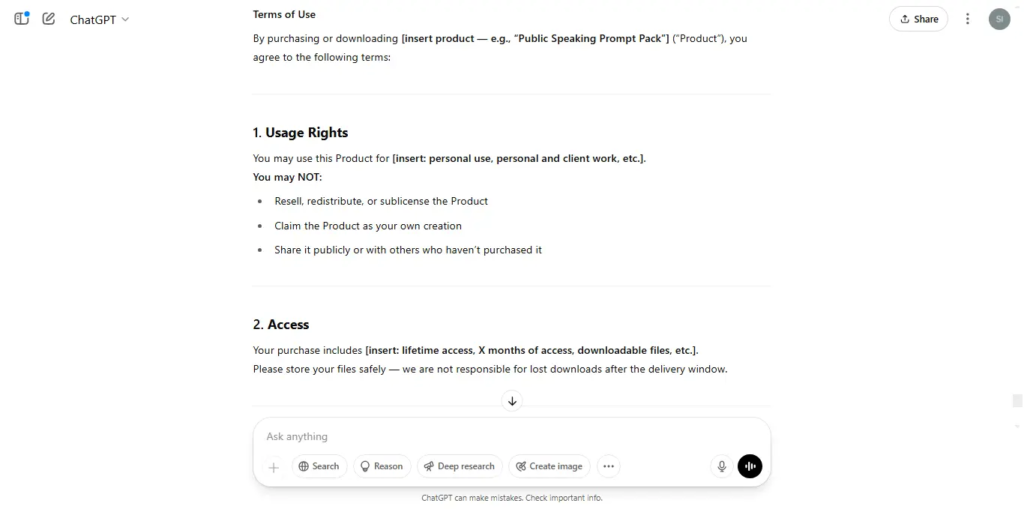
10. Prompts to Review a Contract for Missing Clauses
#CONTEXT:
You’ve written a draft contract — but want to make sure you’re not forgetting something important.
#GOAL:
Scan the contract and point out any missing sections or unclear terms.
#RESPONSE GUIDELINES:
• Paste the full contract draft
• Highlight any unclear or missing sections (payment, scope, termination, etc.)
• Suggest improvements or stronger language
• Keep the feedback practical
• Optional: rate the clarity of tone
#OUTPUT:
A short review that helps improve the contract before sending.How to Use These Prompts Effectively
• Be specific
Always include service, role, timeline, and tone in your prompts.
• Use plain language
Ask ChatGPT to keep it “client-friendly” or “no legal jargon.”
• Always review before sending
Use these prompts to draft — not to replace legal advice when needed.
• Turn your best versions into templates
Save time by tweaking and reusing what works.
• Add real names and numbers last
Start with general terms, then customize for each deal.
Wrap-Up
Contracts don’t need to be scary — just clear.
These prompts help you put the right words in place, protect your work, and keep things simple for everyone involved.
Use them as a starting point, customize when needed, and always keep it clear.
